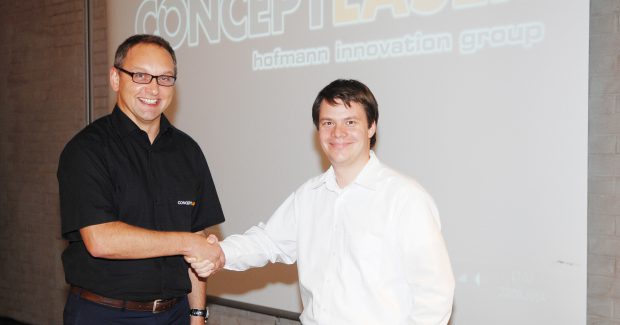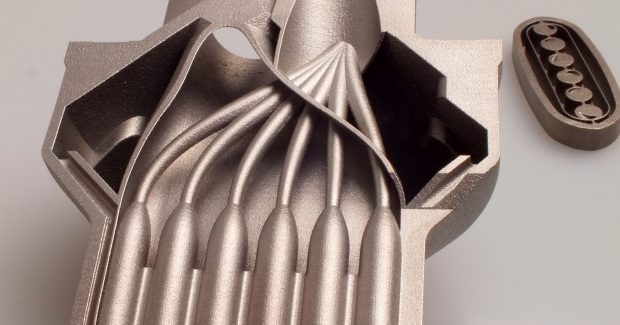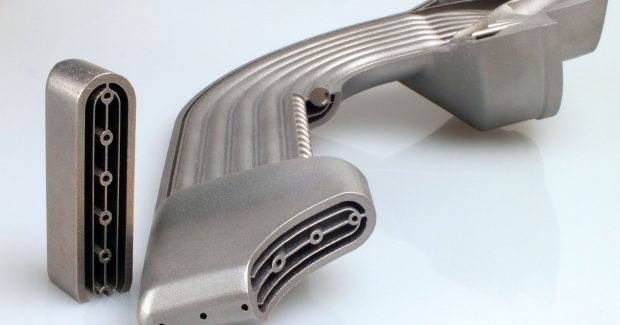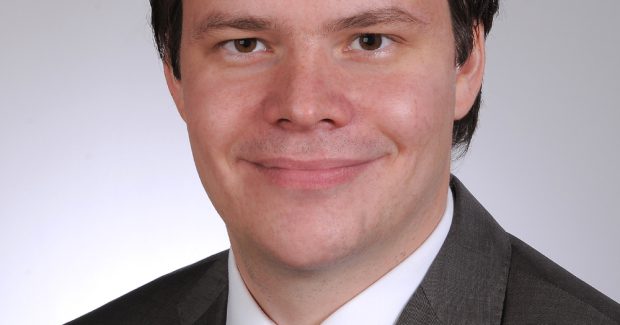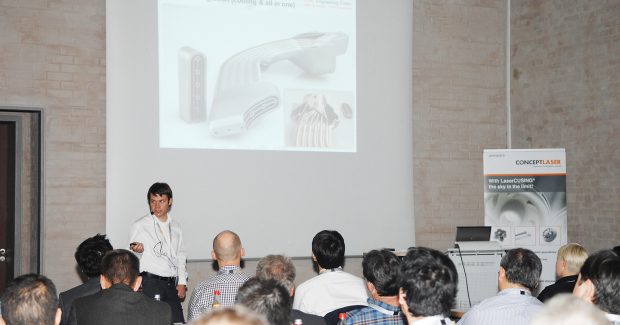Concept Laser Partners with RSC Engineering
Designers and engineers are recognizing how additive manufacturing can open entirely new approaches to design.
Posted: December 9, 2014
"Lightweight constructions are often used for component structures that cannot be adequately produced with traditional processes, whereas functional integration improves the quality of a component."
Concept Laser GmbH (Lichtenfels, Germany) and RSC Engineering GmbH (Köln, Germany) have announced a strategic partnership for engineering of laser-fused components. Frank Herzog, the president and chief executive officer of Concept Laser, stated, “We are pleased to partner with RSC Engineering and Tim Richter. Our users will benefit from our partnership with a design firm that can create process-oriented component designs using laser fusing for complex components. Their list of references and expertise will give us a strong foundation for maximizing the potential of this laser fusing process.”
This new partnership with a highly specialized design firm follows a current market trend. In the past, there was a demand for designs that replaced cast or milled components. But now more designers and engineers are realizing that additive manufacturing can open up entirely new approaches to design.
The “LaserCUSING-oriented design process” of laser fusing is ideal for bionic or lightweight construction approaches that produce components with optimized geometries and new possibilities in areas such as functionality or resilience. RSC Engineering is one of today’s design pioneers that know how to incorporate the benefits of laser-fused metals into the component development process.
Process-oriented design means leaving behind the traditional approach of substituting a milled or cast component. In an additive design context, the advantages of laser fusing can be maximized into optimized design, better performance and increased added value. There are many reasons for this, according to Richter.
“Additional functions are now possible, such as cooling, production of moving parts in a one-shot process without assemblies, or lightweight structures that can withstand heavy stresses,” he says. “Hybrid manufacturing solutions (a combination of conventional processes and laser fusing) can bring together the best of both worlds. It’s all about understanding new possibilities and using them in a targeted way. Additive design eliminates the need for substitution and produces completely new solutions.”
His company’s design activities are primarily in the areas of rapid prototyping, rapid tooling and rapid manufacturing. Reference components include solutions for lightweight design and functional integration. “Lightweight constructions are often used for component structures that cannot be adequately produced using traditional processes,” adds Richter, “whereas functional integration improves the quality of a component.”
These approaches involve a range of strategies that the company determines according to the each component requirement: Reduction or avoidance of support geometries, integration of cooling channels, elasticity or increased rigidity through integrated lattice structures. “We focus on the component’s ultimate function right at the beginning of the design process,” notes Richter. “Virtual prototyping is an important concept. Going from a virtual prototype to the actual product is no longer a big process, thanks to laser fusing. This means that we can often shorten the development process significantly.”
An exhaust gas probe developed by the company is an excellent example of intelligent additive design. The probe is used to determine the composition of engine exhaust gases in a test system. The exhaust gas is up to 2100 deg C and under high pressure. Because of these high temperatures, the exhaust gas probe also features cooling channels for coolant flow, in addition to six pipes for collecting the exhaust gas. Conventional exhaust gas probes are typically welded, which is a time-consuming process. By contrast, the exhaust gas probe that was laser fused was manufactured in one step, including all flow-optimized channels.
“Such highly effective functions can be very compactly integrated into an intelligently designed additive component,” explains Richter. “But the problem was in the costs. The product costing analysis for the exhaust gas probe showed that we reduced manufacturing costs by almost 60 percent. This demonstrates the incredible cost-cutting potential of this technology.”
The additive design process is based on a coordinated analysis and component design. During the first phase of the project, the potential of the component is systematically evaluated. What will it do? What were the advantages and disadvantages of previous solutions? Are there special objectives, such as cost reduction or lightweight construction? In addition to these criteria, the possible advantages of the laser fusing process are defined.
In the second phase, precise specifications are created. This involves drafting binding functional requirements, determining the timeframe and defining batch sizes. The third project phase is the actual design process. Richter says, “The key words here are design or redesign and simulation.” This involves evaluating and comparing alternative geometries as part of a virtual prototyping process.
Physical functions then go through the various levels of simulation using DMU (digital mock-up), FEM (mechanical/thermal simulation) and CFD (thermal simulation). The final conclusions are also examined with respect to the consequences for manufacturing. In the last stage, implementation in the production environment is analyzed as a QA measure.





